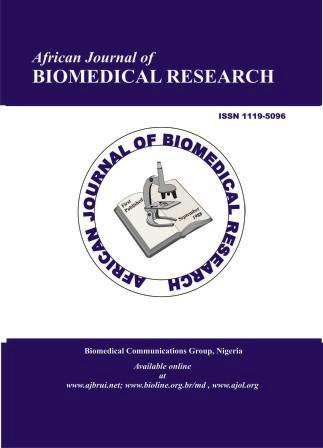Spectrum of Tuberculosis in chronic liver disease: A single-center observational study with 4 years of experience.
DOI:
https://doi.org/10.53555/AJBR.v28i1.6509Keywords:
Chronic liver disease, Tuberculosis, HepatotoxicityAbstract
Background and objectives: The burden of emerging chronic liver diseases (CLD) on endemic infectious diseases challenges the existing healthcare system. Chronic liver disease is characterized by immunosuppression, which facilitates the development of tuberculosis. Due to limited data on this situation, we conducted a study on epidemiological and descriptive data in Kashmir Valley, India. The objective of this study was to investigate the spectrum of tuberculosis in patients with chronic liver disease.
Methods: This hospital-based, prospective, cross-sectional observational study was conducted in the Department of Gastroenterology, GMC Srinagar, Jammu, and Kashmir, India. A total of 400 consecutive patients with new and confirmed CLD aged ≥ 17 years were enrolled over 48 months from December 2019 to December 2023. SPSS V20 was used for data management and statistical analysis.
Results: This study included 400 patients newly diagnosed with chronic liver disease (CLD). The prevalence of TB in this cohort was 5.25% (21/400). The mean age of the patients at diagnosis was 61 years. Thirteen (62%) of the affected individuals were female. The most prevalent variant was extrapulmonary tuberculosis (16/21-73%). Anti-tubercular treatment-induced hepatotoxicity (ATTIH) developed in 8 patients (38.09 %). Common risk factors for ATTIH were a high Child-Turcotte-Pugh (CTP) score (>10), etiology (nonalcoholic fatty liver disease [NAFLD]), female sex, and concomitant hepatotoxic drugs. Most patients (of 6/8 -75%) developed ATTIH within the first week of treatment. The mean treatment duration was 12 months. Fourteen patients were cured of tuberculosis, four died, and three developed an acute-on-chronic liver failure (ACLF)-like illness and were undergoing treatment and follow-up.
Conclusion: Diagnostic dilemma, false negative tests, complicated course, extended duration of treatment and treatment-related complications are still major concerns in chronic liver disease and co-existing tuberculosis.
Downloads
Published
Issue
Section
License
Copyright (c) 2024 Waseem Javid, Qazi Aamir, Showkat A.Kadla, Nisar A. Shah (Author)

This work is licensed under a Creative Commons Attribution 4.0 International License.









